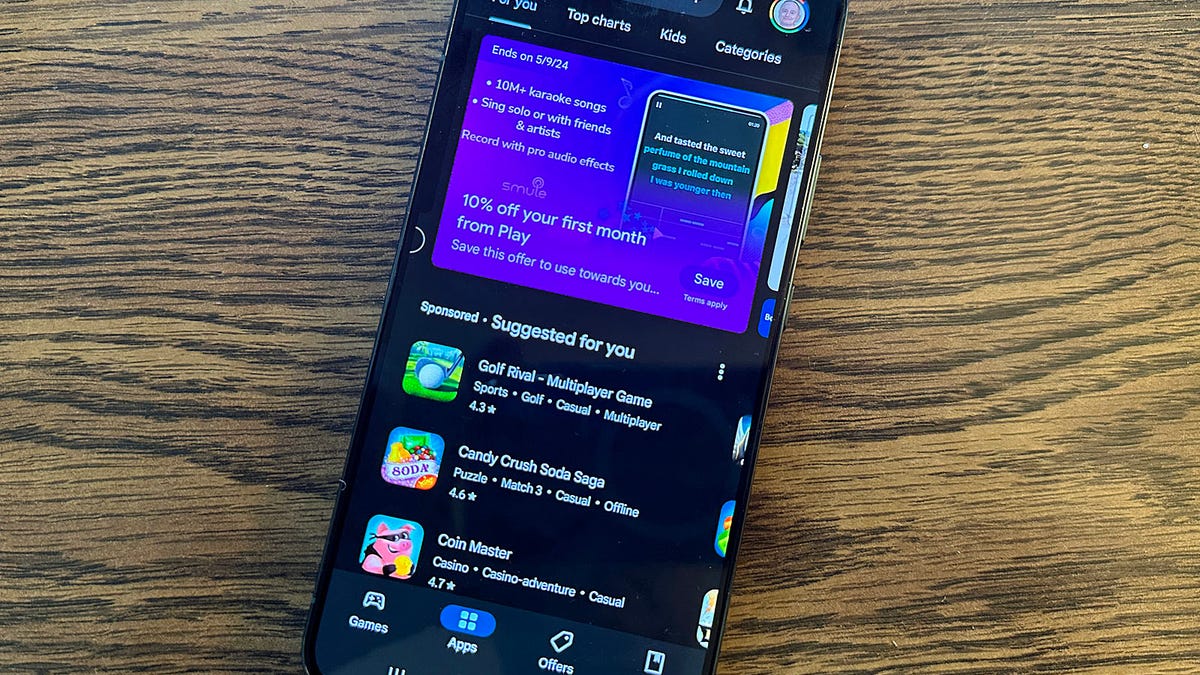Have you ever wondered why you couldn’t spend nearly an average week’s salary on a single Android app? Wonder no more, because Google now lets you do just that.
Google’s I/O 2024 developer conference was mainly focused on the company’s new AI initiatives, but one announcement that most people missed was a 150% increase on the upper limit for what developers can charge for an app.
The previous maximum price for an app was $400. Now, app creators can price their apps at $999.99, or the equivalent in local currency. The lowest a paid app can cost remains the same — 5 cents. Google takes a 15% cut from these prices, at least up to the first $1 million, at which point the cut increases to 30%.
Also: 5 Android productivity apps that I can’t live – or work – without
Of course, very few apps will even come close to that price point and warrant it. There are some specialized training tools, however, like niche software, or industry-specific programs, that might approach a $1,000 price tag.
For comparison, welding trainer app WeldVR for Meta Quest costs $1,000, and there are several $1,000 apps for Apple devices, including CyberTuner, a piano tuning software, and roc.Kasse, a POS and cash register software. You could argue the higher price makes sense for these apps. It’s possible that the previous $600 high-end cap difference between iOS and Android apps meant that Android was missing out on apps that developers felt required a higher price.
Indeed, on the Google Play side of things, things lean more towards novelty. The most expensive apps I found (before the price limit increase) were Fisherpunk, an actual fishing game for $400 with more than 1,000 downloads, and a simple button called Most Expensive Clicker that has more than 10 downloads.
I haven’t yet found a Google Play Store app that takes advantage of the new price ceiling, but developers are likely just starting to figure out how to best adjust to the new limits.

